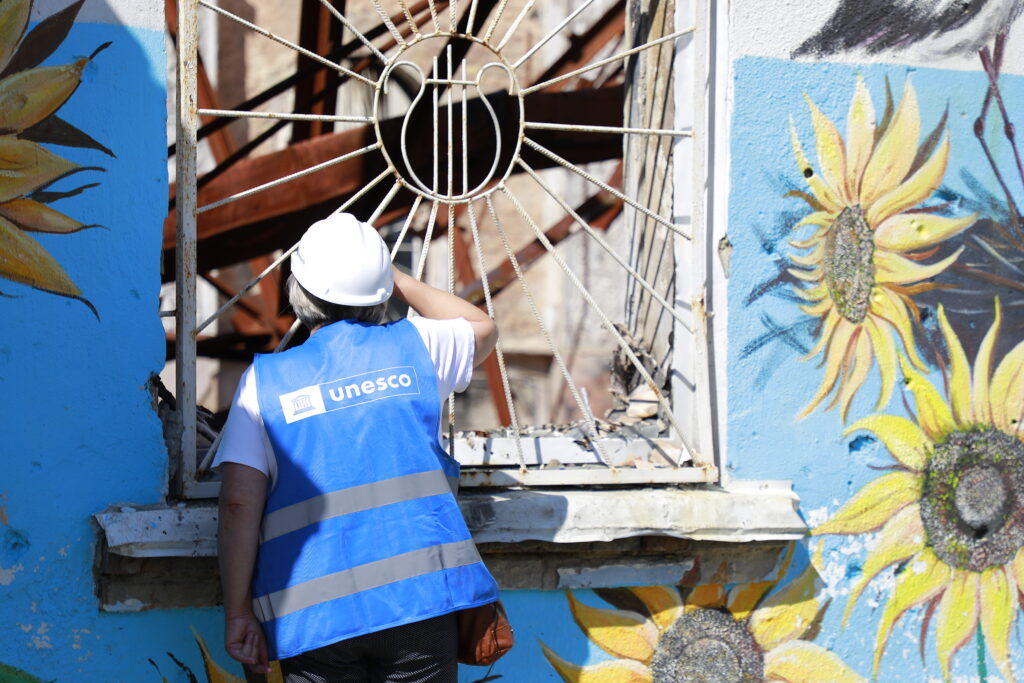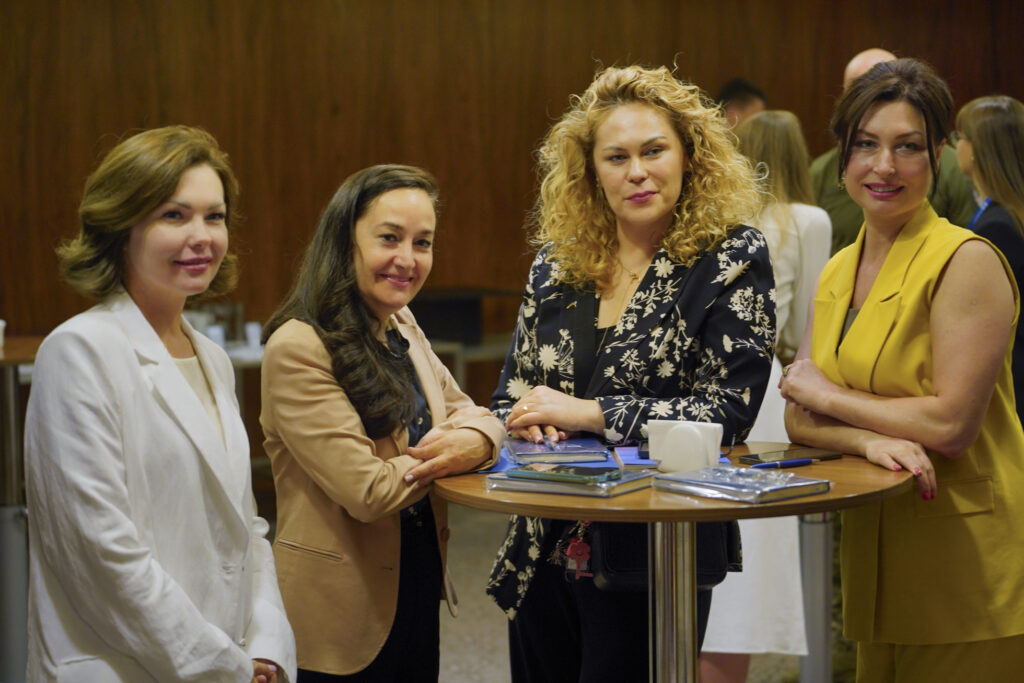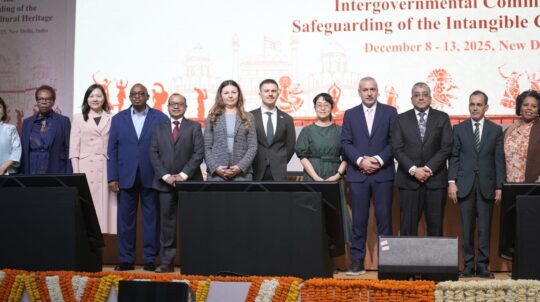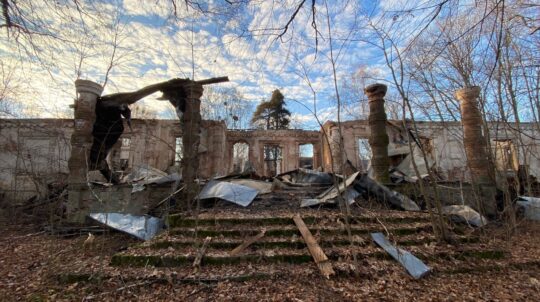From August 6-9, a UNESCO-certified training was held in Kyiv for specialized military and civilian personnel, as well as justice system workers, on the protection and monitoring of cultural property in Ukraine within the framework of the 1954 Hague Convention for the Protection of Cultural Property in the Event of Armed Conflict and its two protocols (1954 and 1999).

Photos by: Antonina Vyshnevska, UNESCO/Ksenia Bairachna
The training was developed and organized by UNESCO in close collaboration with designated coordinators from the Ministry of Culture and Information Policy, the Ministry of Defense, and the Office of the Prosecutor General of Ukraine.
“The war in Ukraine is not just about territory; it is a war waged by our enemy, the russian federation, against Ukrainian identity, history, consciousness, and everything Ukrainian. Our combined efforts will not only strengthen our overall resistance to the enemy in carrying out current tasks but also lay the foundation for the future. When we achieve victory, we will have the opportunity to restore our cultural heritage and properly assess the actions of the russian federation in court,” said Rostyslav Karandieiev, Acting Minister of Culture and Information Policy of Ukraine.

During the training, participants engaged in technical modules, practical exercises, and scenario-based learning led by experts. The primary focus was on the specific tasks each organization performs to protect cultural property and the critical importance of intersectoral cooperation.
“It is very important that today all parties implementing the 1954 Hague Convention for the Protection of Cultural Property in the Event of Armed Conflict and its two protocols are present. I am confident that justice for the destruction of cultural heritage is possible only when all partners are involved,” emphasized Andrii Kostin, Prosecutor General of Ukraine.

The third and fourth days of the training were dedicated to practical sessions in collaboration with the Museum of Books and Printing of Ukraine in Kyiv and the Central House of Culture in Irpin. Participants practiced assessing damage to cultural heritage using the UNESCO-ICCROM International Form and a unified methodology. They also identified first aid measures and conducted evacuation drills, closely working with museum staff to simulate real scenarios.
“The unification of cultural workers, the justice system, and the military is crucial for achieving our common goal – the preservation of Ukraine’s cultural heritage. This collaboration becomes more effective when both civilian workers and military personnel are trained in cultural heritage protection based on international law,” noted Chiara Dezzi Bardeschi, Head of the UNESCO Office in Ukraine.

Participants deepened their understanding of international legal obligations according to UNESCO’s normative documents, particularly the provisions of the 1954 Hague Convention and its two protocols (1954 and 1999), as well as the 1970 UNESCO Convention, which regulates the protection of cultural property against illicit trafficking.

It should be noted that according to the Ministry of Culture and Information Policy, over 1,090 cultural heritage sites in Ukraine have been damaged due to the armed aggression of the russian federation. Nearly 20% have been completely destroyed. Both nationally significant sites (121) and locally significant sites (892) have suffered, as well as newly identified ones (83). Additionally, more than 2,024 cultural infrastructure objects have been affected, with 334 of them destroyed.

